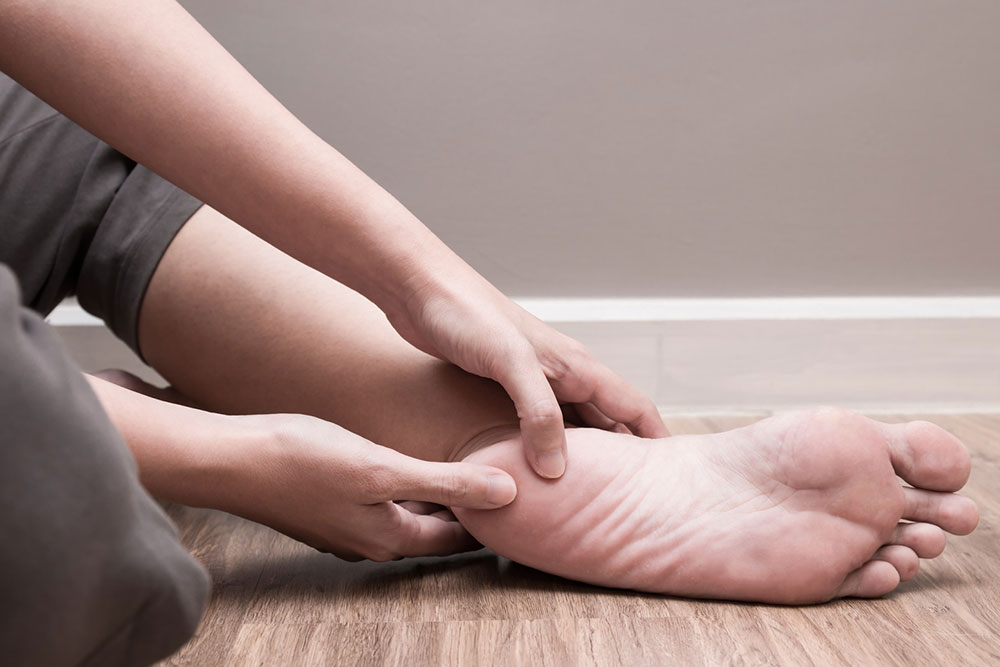
Understanding the Types of Foot and Leg Ulcers
Ulcers are sores on the body that do not heal for a long time. They can repeatedly occur despite treatment. Ulcers can occur anywhere on the body, but they commonly appear on the legs and feet.
1. Leg and foot ulcer types
The three main leg and foot ulcer types are:
- Neurotrophic ulcers
These ulcers develop as a result of nerve problems or nerve damage. Neurotrophic ulcers are common in diabetics. These ulcers develop on the points of increased pressure where the foot comes in contact with the ground. These ulcers may be dark brown or even black in color. Neurotrophic ulcers are usually marked by calluses that surround the impacted area. There may also be a complete loss of sensation to the foot and accompanying tingling in the legs and feet. As there is a loss of sensation, patients may not realize the presence of an injury and thus, need to inspect their feet regularly. It is advisable that anyone with this type of ulcer should never walk barefoot, as this can lead to a high risk of infection or injury, which may go unnoticed due to numbness. - Arterial ulcers
Arterial ulcers are also known as ischemic ulcers. These ulcers usually occur on the heel, between the toes, or in the nail bed. They are usually also found in spots where people have an in-growth of nails. These ulcers may vary in color from yellow or brown to grey. There is usually no bleeding involved, but they may have redness around the affected area. These ulcers are painful and patients often report the pain to be at its worst at night while they sleep. Dangling the affected leg from one side of the bed is said to provide a certain level of relief.
These ulcers are common in patients who have low blood circulation to the legs. This includes anyone with high cholesterol, renal failure, and diabetes. - Venous ulcers
These ulcers are usually found on the knee. They vary in shape and size. Venous ulcers are marked by a discoloration of the skin and may even have a yellow or green discharge. They may affect a single limb or both limbs simultaneously.
Venous ulcers are the most common leg and foot ulcer types. Statistics show that over 500,000 people in the country are diagnosed with venous ulcers each year. In fact, venous ulcers account for over 90% of cases of ulcer diagnosis in the country. These ulcers are especially common among people who have a medical history of blood circulation issues or leg swelling problems.
2. Causes of leg and foot ulcers
Some of the main causes of leg and foot ulcers include:
- Suffering from diseases such as lupus, kidney failure, hypertension, high cholesterol, and diabetes
- Prolonged intake of certain medications
- Incorrect sitting or lying down positions that does not allow the legs to move for hours
- Poor blood circulation
It is recommended that you get any open sores examined by your physician immediately to avoid any long-term health complications.


